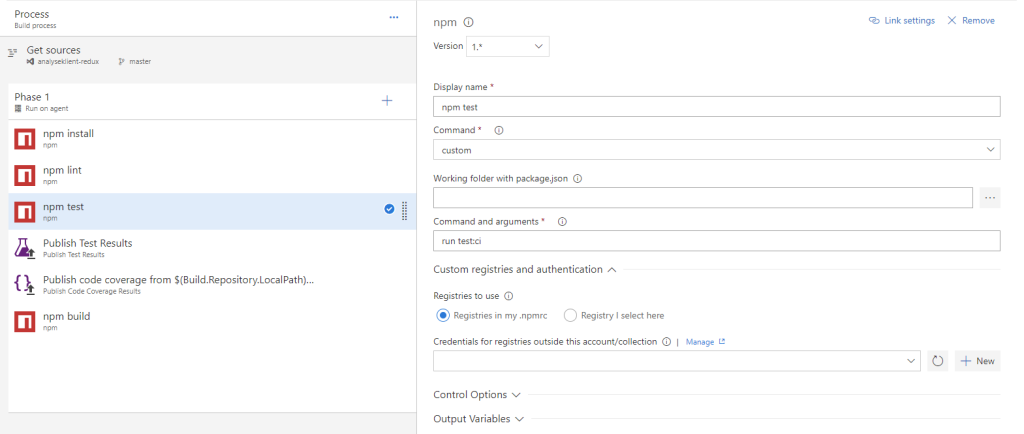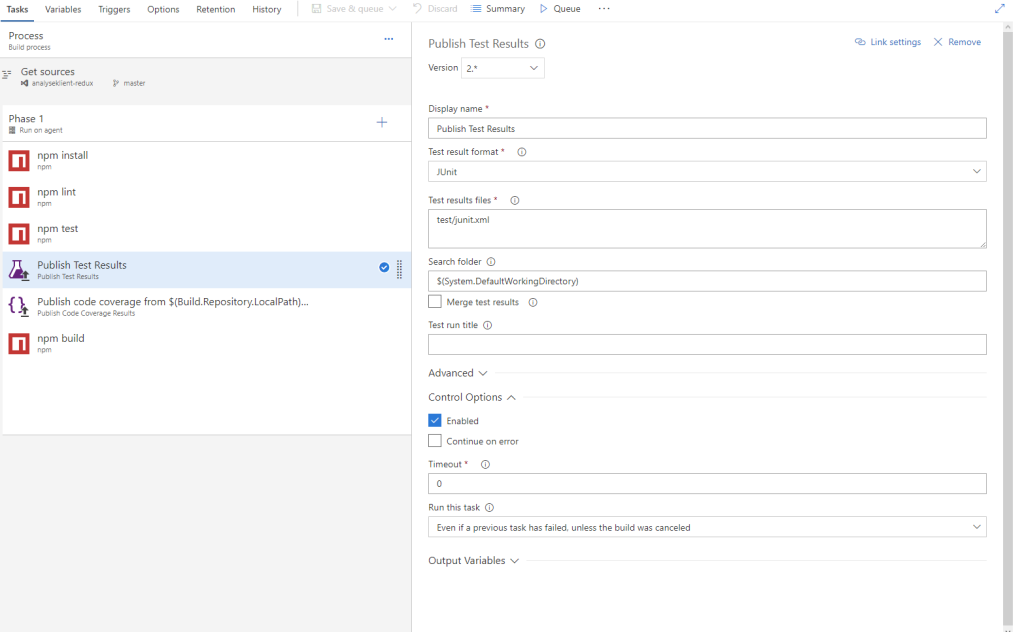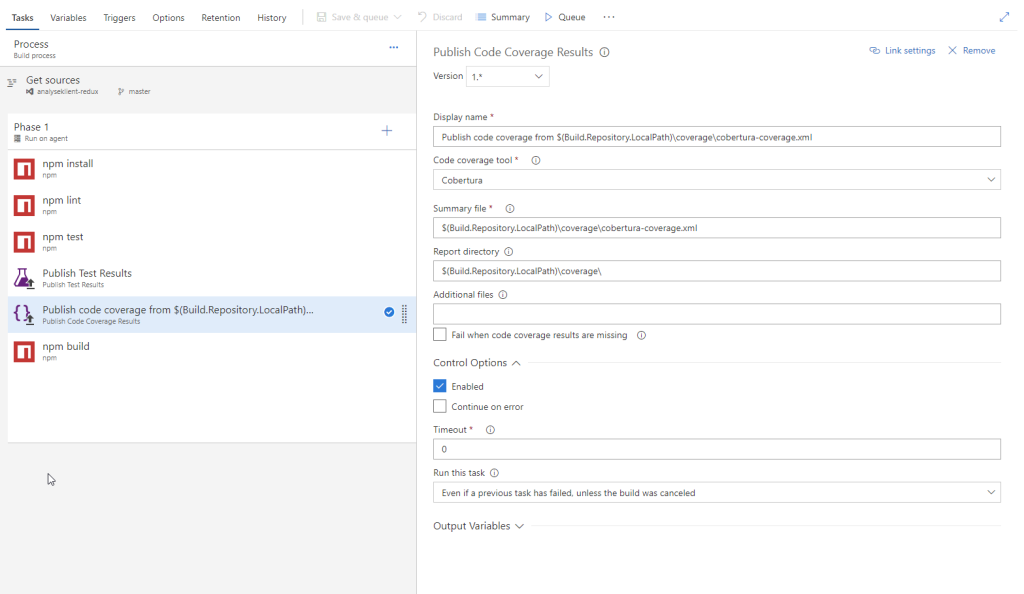“Don’t ask”
“There is light at the end of the tunnel, but I’m not sure if it’s a train”
“Well, at least it’s not going backwards”
“Let’s talk about something else, shall we?”
All these are perfectly valid responses to the above question. They are more polite than “none of your business” and all contains a grain of truth.
However, in the interest of a few (zero), I thought as well I might share some details here. Mainly motivated by the fact that in a couple of months I’ve managed to get two articles published. Which is kinda a big deal.
So, what’s been published then?
First there is “Micro-tasking as a method for human assessment and quality control in a geospatial data import“, published in “Cartography and Geographic Information Science” (or CaGIS). This article is based on Anne Sofies Master thesis, but has been substantially reworked in order to pass a scientific article. The premise is quite simple: How can microtasking be used to aid in an import of geospatial data to i.e. OpenStreetMap. Or, as the abstract puts it:
Crowd-sourced geospatial data can often be enriched by importing open governmental datasets as long as they are up-to date and of good quality. Unfortunately, merging datasets is not straight forward. In the context of geospatial data, spatial overlaps pose a particular problem, as existing data may be overwritten when a naïve, automated import strategy is employed. For example: OpenStreetMap has imported over 100 open geospatial datasets, but the requirement for human assessment makes this a time-consuming process which requires experienced volunteers or training. In this paper, we propose a hybrid import workflow that combines algorithmic filtering with human assessment using the micro-tasking method. This enables human assessment without the need for complex tools or prior experience. Using an online experiment, we investigated how import speed and accuracy is affected by volunteer experience and partitioning of the micro-task. We conclude that micro-tasking is a viable method for massive quality assessment that does not require volunteers to have prior experience working with geospatial data.
This article is behind the famous scholarly paywall, but If you want to read it we’ll work something out.
What did I learn from this? Well, statistics is hard. And complicated. And KEEP ALL YOUR DATA! And the review process is designed to drain the life our of you.
The second article was published a couple of days ago, in “Journal of Big Data”. Its’s titled “Efficient storage of heterogeneous geospatial data in spatial databases“, and here I am the sole author. The premise? Is NoSQL just a god-damn fad for lazy developers with a fear of database schemas? The conclusion? Pretty much. And PostGIS is cool. Or, in more scholarly terms:
The no-schema approach of NoSQL document stores is a tempting solution for importing heterogenous geospatial data to a spatial database. However, this approach means sacrificing the benefits of RDBMSes, such as existing integrations and the ACID principle. Previous comparisons of the document-store and table-based layout for storing geospatial data favours the document-store approach but does not consider importing data that can be segmented into homogenous datasets. In this paper we propose “The Heterogeneous Open Geodata Storage (HOGS)” system. HOGS is a command line utility that automates the process of importing geospatial data to a PostgreSQL/PostGIS database. It is developed in order to compare the performance of a traditional storage layout adhering to the ACID principle, and a NoSQL-inspired document store. A collection of eight open geospatial datasets comprising 15 million features was imported and queried in order to compare the differences between the two storage layouts. The results from a quantitative experiment are presented and shows that large amounts of open geospatial data can be stored using traditional RDBMSes using a table-based layout without any performance penalties.
This article is by the way Open Access (don’t as how much that cost, just rest ensured that in the end it’s all taxpayer money), so go ahead and read the whole thing if this tickles your fancy. An there is Open Source code as well, available here: github.com/atlefren/HOGS. Some fun facts about this article:
- I managed to create a stupid acronym: HOGS
- The manuscript was first left in a drawer for five months, before the editor decided it wasn’t fit for the journal
The next journal provided such great reviews as
If you are importing a relatively static dataset such as the toppological dataset of Norway does it really matter if the import takes 1 hr 19 mins vrs 3 hours? It is very likely that this import will only be performed once every couple of months minimum. A DB admin is likely to set this running at night time and return in the morning to an imported dataset.
and
You are submitting your manuscript as “research article” to a journal that only cares about original research and not technical articles or database articles. For this reason, you need to justify the research behind it. The current state of the paper looks like a technical report. Again, an interesting and well-written one, but not a research article.
And the last reviewer (#2, why is it always reviewer #2?) who did not like the fact that I argued with him instead of doing what he said, and whose last comments was that I should add a section: “structure of the paper”. Well, I like the fact that some quality control is applied, but this borders the ridiculous.
Well, so there you have it three articles down (this was the first), at least one to go.
Speaking of. The next article is in the works. I’ve written the code, started writing the article and am gathering data to benchmark the thing. I need versioned geospatial data, and after a while I found out that OpenStreetMap data fits the bill. After some failed attempts using osm2pgsql and FME (which both silently ignore the history), I had to roll my own. Osmium seemed like it could do the trick, but by C++-skills are close to non.existent. Fortunately there is pyosmium, a Python wrapper. After spending a lot of time chasing memory leaks, I found that osmium is _really_ memory-hungry. So, using a cache-file might do the trick. I might do a write-up on this process when (if?) it finishes, but if you’re interested the source code is available on GitHub.
So, yeah. Thats it for now, check back next decade for the next update!





